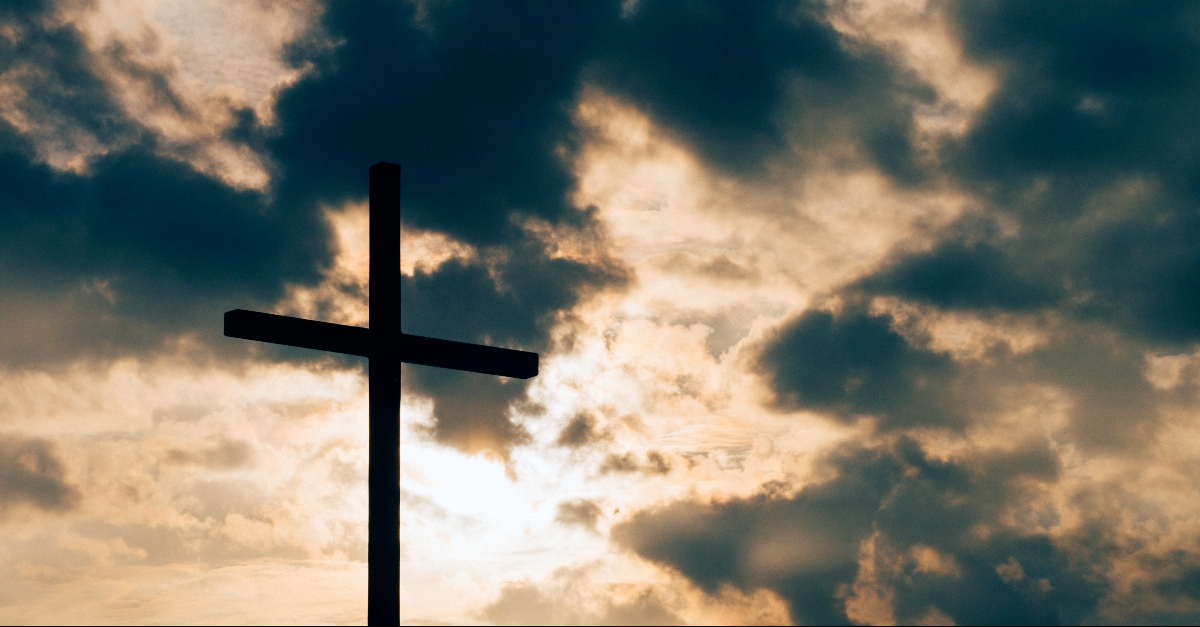How Does Ezekiel’s Vision of Dry Bones Connect to Pentecost?
Share

This article is going to examine two familiar accounts in the history of Israel, one in the Old Testament and one in the New. The first is Ezekiel’s vision of the Valley of Dry Bones. The second account is of the first Pentecost after Jesus ascension, recorded in the second chapter of Acts.
At first glance these stories may not seem to have any connection. But I believe that Ezekiel’s vision was really pointing toward the coming of God’s Spirit at Pentecost.
An Aside: Rûaḥ and Pneuma
Before looking at Ezekiel’s vision and at Pentecost, it will be helpful to examine a couple of words that are used in these accounts. Rûaḥ is a Hebrew word used throughout the Old Testament. It is typically translated as breath or wind. And you find it used that way in Ezekiel 37:1-14. In verse 9 the Lord says “Come, breath (rûaḥ), from the four winds (rûaḥ) and breathe into these slain.” Rûaḥ is an invisible force that gives life (breath) and animates the physical world (wind).
Another way that rûaḥ is sometimes translated is spirit. Spirit builds on the idea of rûaḥ as an invisible life-giving force, including the part of us that makes decisions and can think. Those are not visible aspects of a person, but, nonetheless, are real. And this idea of spirit within humanity carries over to God as well. So here, in verse 14, we see God saying to Israel “I will put my Spirit (rûaḥ) in you and you will live.” The Holy Spirit is the breath of God that gives us life.
In the New Testament, written in Greek, the word pneuma carries the same meaning as the Hebrew rûaḥ. It is used for breath, wind, and things that have no material substance. Most significantly, it is used for the Holy Spirit.
The Valley of Dry Bones
Ezekiel 37:1-14 is a story that has fascinated me for most of my life. Ezekiel is brought to a valley that is filled with dry and lifeless bones. God asks Ezekiel if those bones all around him could live. And then he tells Ezekiel to prophesy, or pass on a message from God, to the bones. And as Ezekiel does so, the bones begin to assembly into bodies. Tendons hold them together, flesh covers the bones, and skin covers the flesh. And, finally, breath enters these bodies. There comes into existence a vast army of living people where once there was only dry bones.
If we quit at the end of verse 10 this would be an interesting story, and something that many of us have spent time trying to imagine in our own minds. But it would have little real value for us. Fortunately, God proceeds in the next few verses to explain what Ezekiel has just witnessed.
Israel, as a people, was in Babylonian exile. They were an insignificant people in the midst of a mighty empire. God seemed to have abandoned them and all hope was gone. They were cut off from their homeland and the future they had envisioned there. Figuratively, they were nothing more than a pile of dry bones.
God told Ezekiel that this valley of dry bones represented the exiled people of Israel. And what had happened to these bones was also going to happen to Israel. God would bring them back into their own land to live. And he would put his Spirit into them.
The dry bones returning to life represented a return to life for Israel; a return to their own land, and God’s Spirit being put into them. Israel did return to their land, at least in part. But, until recently, they never again experienced real independence, other than a short time under the Maccabees. They remained an insignificant people group struggling to survive in a hostile world. And God’s Spirit seemed far away from them.

Photo credit: ©Getty Images/imtmphoto
Pentecost
Pentecost was a harvest festival that occurred 50 days after the Passover. This annual festival would draw large crowds to Jerusalem from wherever the Jews were scattered. The setting for the second chapter of the book of Acts is at the first Pentecost celebration after Jesus’ death, resurrection, and ascension. Jesus had ascended just 10 days prior to this and had instructed his followers to remain together in Jerusalem until the gift of the Father, the Holy Spirit, is given to them (Acts 1:4-5). And so, on the day of Pentecost, 120 believers were gathered in one place, waiting for what Jesus had promised them.
And early that morning the Holy Spirit descended on them like tongues of fire, filling the place they were staying. And the Spirit enabled them to speak in all the native languages of those assembled in Jerusalem for Pentecost. A crowd gathered to see and hear this strange sight and sound. And Peter preached to them his first sermon. That day the number of believers grew from 120 to 3000. And the newly established church continued its tremendous growth throughout the book of Acts.
Tying Them Together
The most obvious tie between these two stories is the filling of the Holy Spirit. The first story foretells the filling of God’s people by the Holy Spirit. The second account is of a group of believers, of God’s people, being filled by the Holy Spirit. But is the first of these foretelling the second? Does the vision of the Valley of Dry Bones look ahead to this Pentecost after Jesus’ death, resurrection, and ascension? Or was it just an unrelated similarity?
I do not believe there are any “coincidences” in the Bible. I believe that the author of the Bible, God, is intentional in what he includes. And that much of the Old Testament is only understood fully in light of the New Testament and in Jesus, the fulfillment of the Law and Prophets.
Given that, I believe that there is more than just the mention of the Holy Spirit that ties these two stories together. In the first we find a collection of bones, dry and lifeless. And these bones, representing the people of Israel, are given life. But clearly Israel was not literally a collection of dry bones. They were living and, humanly speaking, completely functional. But something was missing. And that something was the rûaḥ of God. Rûaḥ, or wind, was breathed into the bones, and they came to life. And rûaḥ, the Holy Spirit, would be put into the people of Israel with the implication that they would come spiritually alive.
Up until the coming of God’s Spirit at this Pentecost, Israel continued to be dead men walking. They were alive physically, but dead spiritually. They were essentially a valley filled with dry bones. But when the Holy Spirit came at Pentecost, that valley of dry bones began to stir, to come together, and was given life through the Breath of God, the Holy Spirit.

Photo credit: Unsplash/Aaron Burden
The Common Experience of All Believers
The transformation displayed by the dry bones and by the Jews at Pentecost is the same that each believer goes through. The New Testament is filled with allusions to the Valley of Dry Bones and life coming to the dead. We “were dead in our transgressions and sins” (Eph. 2:1). But God, because of his great mercy, made us alive in Christ (Eph. 2:4). Paul, in Romans 4:17, says that God gives life to the dead. And in Romans 8:11 he says that God will give life to our mortal bodies because of his Spirit (pneuma) who lives in us.
When Ezekiel saw that valley of dry bones, he was looking at me. It is only because God has breathed his Spirit (breath) into me that I am alive. The vision Ezekiel saw came to fruition at Pentecost and continues today in the life of each person who comes to faith in Christ.
In Ezekiel’s vision, this valley of dry bones was transformed into a vast army of living people through the life-giving Spirit of God. And we can see that same thing happening today as the Holy Spirit, beginning at Pentecost, transforms the spiritually dead of this world into a vast army of spiritually alive people, ready to follow and serve our Lord.
Related articles
Why Does Ezekiel Prophecy to a Valley of Dry Bones?
5 Remarkable Things to Know about Pentecost Sunday
Photo credit: ©Getty Images/Gordon Images
